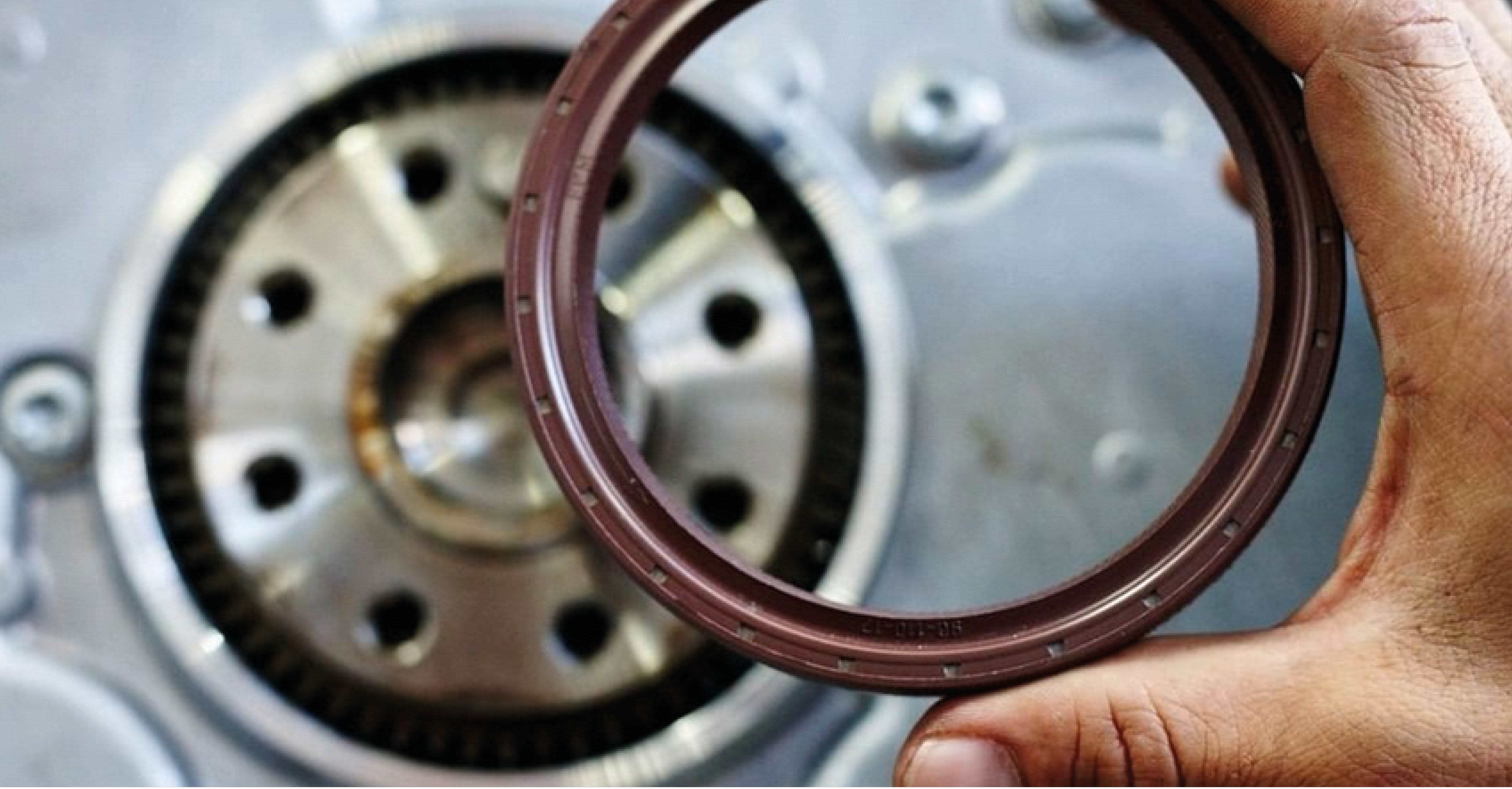7 月 . 25, 2024 17:37 Back to list
Installation tips for oil seals
Installation tips for oil seals

Having problems installing oil seals? The part has had many updates in recent years, which has totally changed the installation process. In this blog, our specialists will give you information and installation tips so that these oil seals no longer cause difficulties during your overhaul or repair job.
What are oil seals?
Unthinkable in the list of seals are oil seals, which provide a seal against splashing oil. The most important oil seals are used for rotating shafts and valve stem seals. Oil seals are intentionally never completely sealed to lubricate the seals and prevent wear.
Today, traditional oil seals have to compete with a new variant oil seal, which is used in most modern engines.
Conventional oil seals
Conventional oil seals are the traditional seals, which can be recognised by a spring on the inside. These oil seals are made of a metal housing that contains a rubber seal. This part is often made of elastomer and comes into contact with the surface of the rotating shaft.
Rotary Wheel Of Auto Parts
PTFE oil seals
Oil seals increasingly had to meet higher requirements, which is why PTFE was developed in 1980. This variant can better withstand higher engine speeds, higher oil temperatures, longer oil intervals and modern lubricants. In addition, the oil seal contains a wider contact surface, which ensures less wear.
PTFE is special in that a pre-tensioned spring is not required. This is because the material returns to its original shape when heated, also known as the shape-memory polymers (SMPs) effect. These oil seals are also supplied as integrated parts, where it only needs to be installed as one component.
Updates in oil seals
Developments and issues
Seals, including oil seals, have undergone a great development in recent years and are totally unlike the original product. PTFE has taken over the oil seals market for modern engines mainly because traditional oil seals started causing more and more problems. Such as evaporation of chemical plasticisers from the elastomeric material, which eventually caused engine oil leakage. Now, the focus is more on durability and frequency of servicing.
However, the new variant also comes with less good properties. Namely less flexibility and less resistance during assembly. Most damages therefore occur during the installation of PTFE oil seals.
Step-by-step plan for correct installation
With the help of tips and information from our suppliers, our specialists will be happy to explain how to install oil seals. Please read the instructions carefully before installation.
- Only remove PTFE oil seals from their packaging just before installation to protect them from dust and other contamination.
- The sealing lip of PTFE oil seals is protected by a plastic sleeve, which can normally be used as a mounting aid. Therefore, the sleeve should remain in place until the seal is installed.
- We highly recommend to use special tools when installing oil seals without a plastic sleeve. You can find the advice around the right tool from the manufacturer.
- Both the PTFE sealing lip and the shaft surface must be completely dry. Do not use grease or oil. If grease or oil is used, the retaining ring will fail after assembly.
- The shaft must not have any sharp edges. If necessary, have the edges removed by a specialist.
- The shaft surface must be in perfect condition. Have any damage repaired by a specialist.
- Place the mounting sleeve with the PTFE oil seal on the shaft.
- Pay attention to the correct alignment of the oil seals. The sleeve should lie so that the seal can be slid smoothly onto the shaft.
- Press the retaining ring onto the shaft with an even movement.
- When replacing, the PTFE sealing lip of the new oil seal should not be in the same position as the old oil seal. The diameter of the sealing lip should be smaller than the shaft diameter.
- Remove the mounting sleeve.
- Do not top up engine oil and do not start the engine until four hours after assembly. This is advised by both Elring and Victor Reinz to allow the new oil seals to form to the shaft.
- Note! Seals with housing also require screws to be tightened according to factory guidelines.
